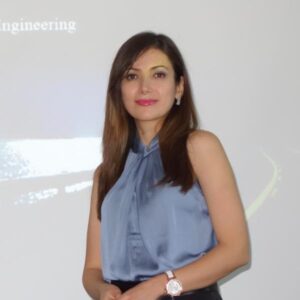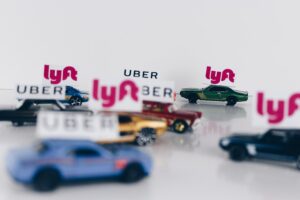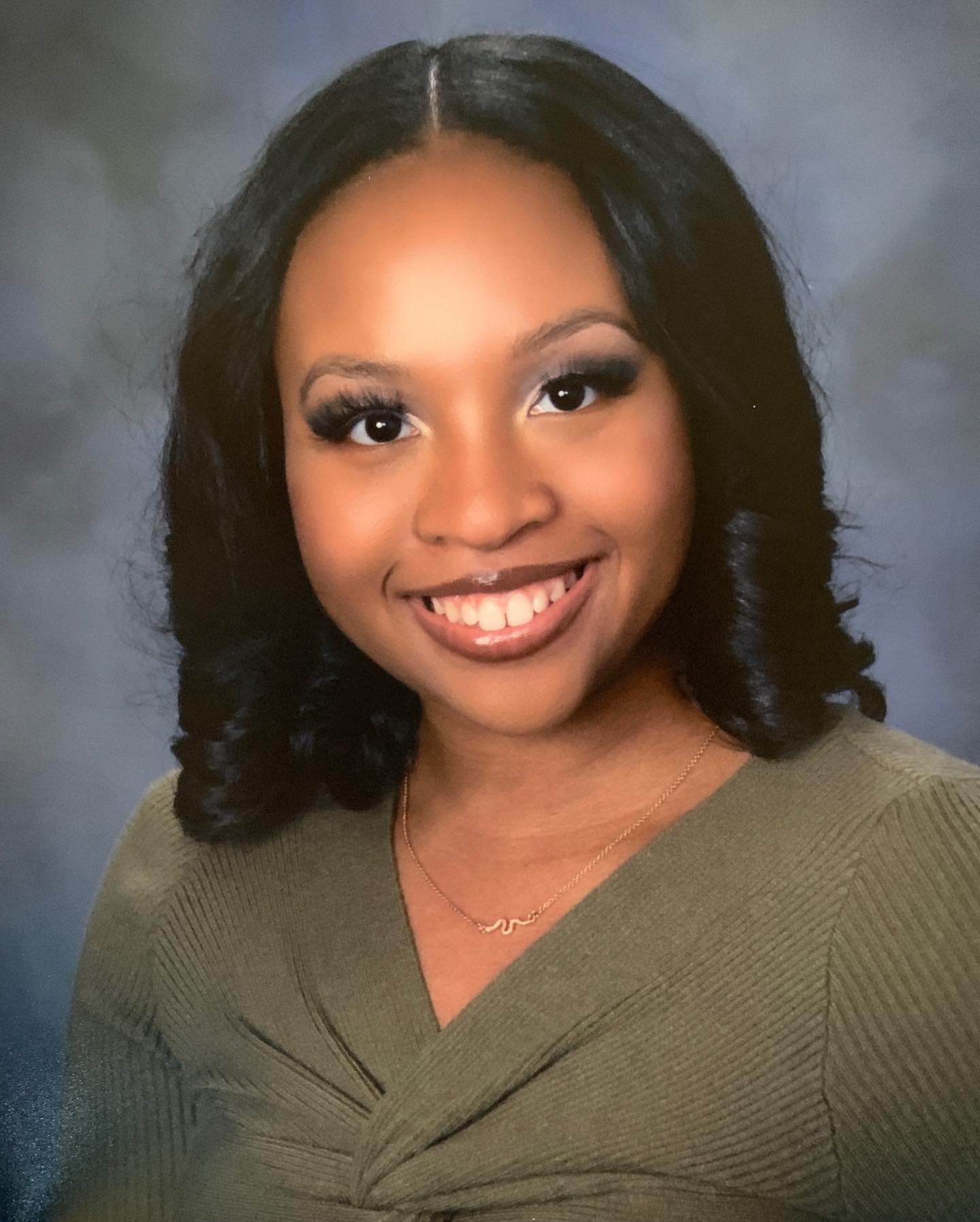Dr. Mahdieh Allahviranloo’s research falls into three categories: modeling complex interconnected transportation and infrastructure networks, travel behavior analysis, and mobility pattern recognition. She studies new ways of integrating these three massively evolving domains to develop creative solutions to a variety of urban problems. Her research, which draws upon the novelty and simplicity of basic mathematical models and existing scientific concepts, addresses the most basic and fundamental question of what makes people travel and how they travel? Through the years, she has been able to creatively extend the scope of her research to and build strong collaborations with experts in a variety of domains from social science and sustainability to computer science and urban planners.

Photo Courtesy of CCNY
Allahviranloo is an Associate Professor in the Department of Civil Engineering at the City College of New York. She received a B.S. in Civil Engineering from the Sharif University of Technology, her M.S. in Transportation Engineering from the Iran University of Science and Technology, and her Ph.D. in Civil engineering from the University of California Irvine. Also, since September 2021, Allahviranloo has been working as a Visiting Academic for Amazon, where she works with highly skilled experts to solve large-scale logistic problems.
By studying human behavior, travel patterns, habits, demographic and econometric parameters, she has been able to make fundamental analyses to understand what infrastructures we need to fulfill the needs of city dwellers.
Because Allahviranloo researches human behavior and relates it to traveling patterns and habits, she has been able to make fundamental analyses to understand what infrastructures we need. She is mostly integrating econometrics models and the movement of people and cities with behavioral analysis.
Once we know how and why people are traveling, we can make forecasts which can help us with better designs.
She explores what kind of accessibility different cities have and what the cities have to offer people in terms of infrastructure. This allows her to see how the shape of the built environment of a city can impact activities. For example, in New York, we are more densely populated than many other cities, which means that the infrastructure must be very accommodating.
Museums, art galleries, schools, hospitals and everything is much denser here compared to other cities, so that makes people travel more than in other areas.
To get a more comprehensive view and understanding of travel, Allahviranloo studies cultural shifts in addition to people’s behavior to keep up with the evolution of infrastructure. Specifically, she said, since the pandemic, there has been a larger conversion to more virtual infrastructures than physical ones. This includes being able to pay someone to get your food rather than going to the grocery store or a restaurant yourself.

People are the driving reason for what’s happening around them. Cities are built for us to serve us. Any change in the behavior of the people is going to change, in the long term, the shape of the cities that we have. We are not sure to what extent our patterns during post-pandemic will be similar to pre-pandemic years? And this is something that planners are very interested to see.
Her funding is a mixture of internal funding as well as federal funds. Allahviranloo’s research could help us predict what infrastructure may look like in the future and provide solutions for how to improve networks for increased efficiency.

M’Niyah is a journalism major and psychology minor at CUNY Baruch College. In addition to writing for The RICC, she’s Managing Editor and contributor for Baruch’s award-winning Dollars & Sense Magazine. She writes for Baruch’s independent, student-run newspaper, The Ticker and has bylines in Daily Planet, a nonprofit news organization.